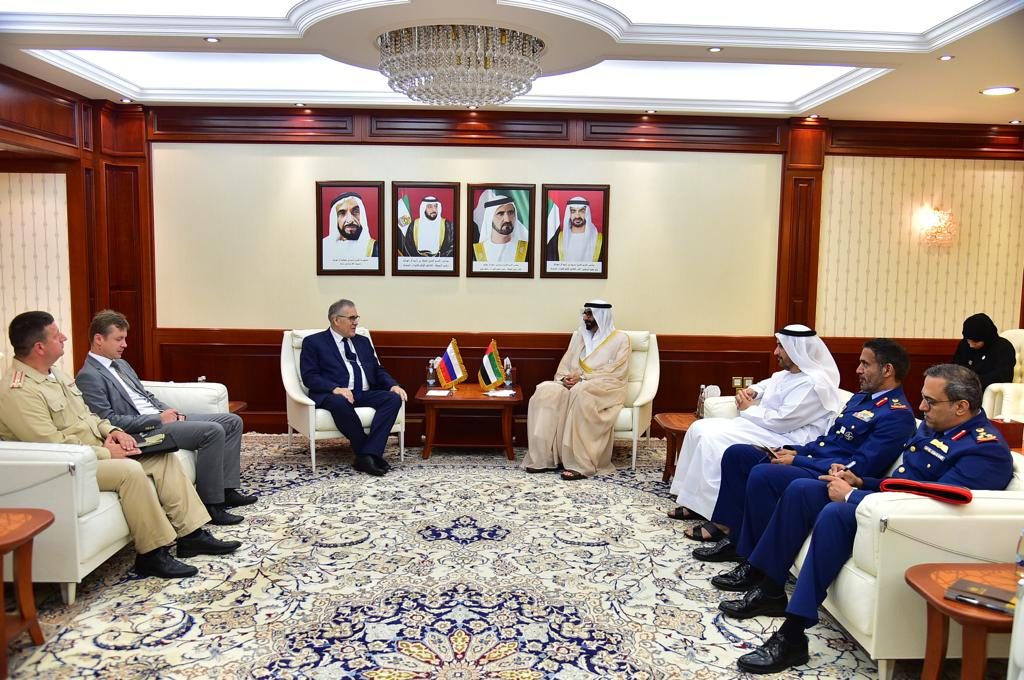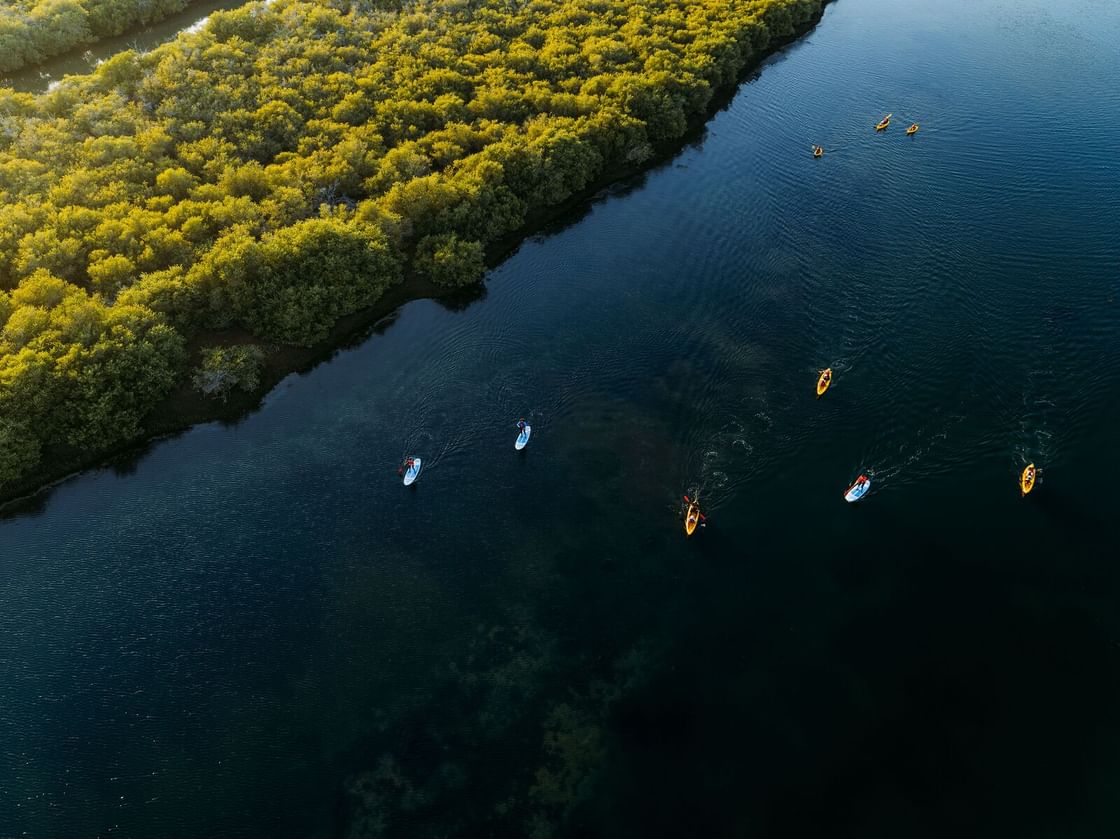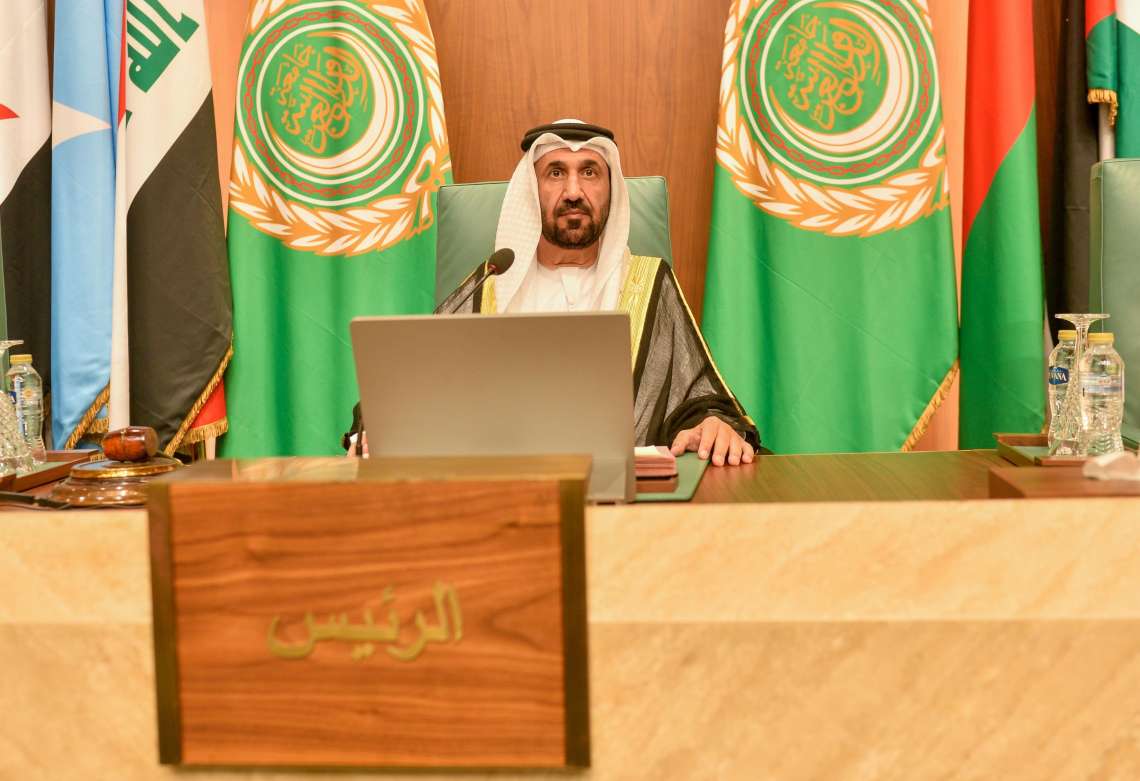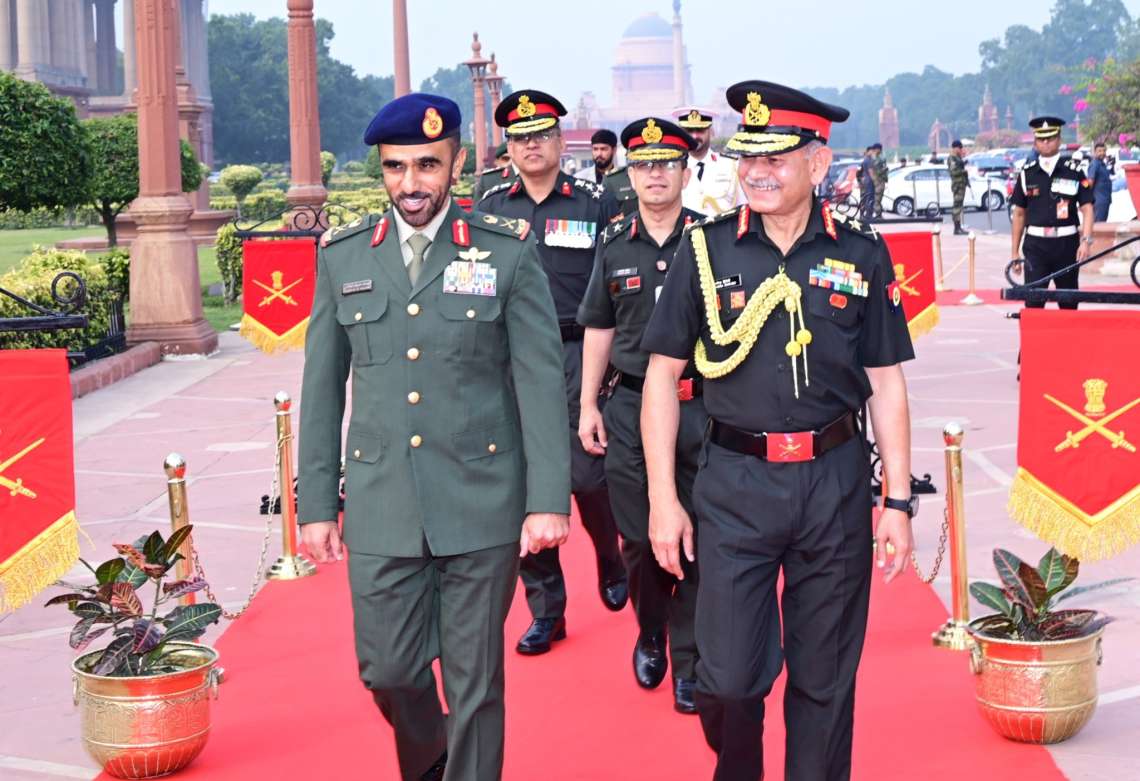The first Emirati astronaut Hazza Al Mansoori successfully docked with the International Space Station, ISS … reports Asian Lite News

The Mohammed bin Rashid Space Centre, MBRSC, has announced that the Soyuz MS-15 spacecraft, carrying the first Emirati astronaut Hazza Al Mansoori, along with Oleg Skripochka and Jessica Meir, successfully docked with the International Space Station, ISS. This marks the beginning of the first spaceflight to be undertaken by an Emirati astronaut and first visit by an Arab astronaut to the ISS.
The Soyuz MS-15 successfully docked the ISS, six hours after its launch. After two hours of safety checks inside the spacecraft, the hatch between the Soyuz and the station were opened to receive the astronauts.
Six astronauts are currently on board the ISS; Christina Koch, Andrew Morgan, Nick Hague, Aleksandr Skvortsov, Aleksey Ovshinin, and Luca Parmitano. The station will include a total of nine astronauts upon the arrival of the new crew.
Hamad Obaid Al Mansoori, Chairman of MBRSC, said, “I’d like to thank the UAE’s wise leadership for their vision and guidance, and for the continuous support that we receive from H.H. Sheikh Hamdan bin Mohammed bin Rashid Al Maktoum, Crown Prince of Dubai and Chairman of the Mohammed bin Rashid Space Centre. Today, for the first time, an Emirati astronaut travels to the ISS, carrying the ambitions of the entire Arab region. We congratulate him and congratulate ourselves for being blessed with a country that motivates its youth to reach the highest positions and achieve their aspirations, by supporting them and turning their dreams into a reality that would make every Emirati proud”.
Yousuf Hamad Al Shaibani, Director-General of MBRSC, said, “We are proud to be witnessing the beginning of the UAE’s first human spaceflight after a long preparation and planning period. Today, Hazza Al Mansoori begins his scientific mission aboard the ISS, which is the objective of this mission.”
“Hazza Al Mansoori is not just the first Emirati astronaut, he has become the UAE’s ambassador in space. After the arrival of our ambassador at the station and the completion of the mission, the UAE will play a major role in providing the global scientific community with answers related to scientific topics, such as the impact of microgravity on the human body in the Arab region.” added Al Shaibani.
Salem Al Marri, Head of the UAE Astronaut Programme, said, “Al Mansoori’s schedule aboard the ISS will be packed with tasks and activities for all segments of society – children, school and university students, the scientific community, researchers, and others. We are confident that Al Mansoori is ready to do his job, and we will constantly be communicating with him during this period”.
MBRSC confirmed that the docking took place six hours after the launch. The Soyuz began orbital maneuvers to get the right orientation to the desired orbit, and entreed Earth’s orbit while increasing altitude and reaching the ISS at approximately 408 km.
The Soyuz MS-15 spacecraft located the ISS using the Kurs docking navigation system, when it was nearly 400 km away, and then fixed its orientation towards the station about 180 km away.
The docking process was fully automated, and the crew’s main task during the automated docking procedure was to monitor the systems, analyse information about the Soyuz alignment to the ISS, as well as information about distance, direction and speed, so that they can monitor the process accurately, to ensure a nominal docking operation.
In the final stage, once docking was complete, the locks were tightened, and the seal and vacuum tests were carried out to detect any air leakage, and to ensure that the docking compartment was sealed tight. After two hours, and with confirming that everything has worked to plan, the hatch was opened, and Al Mansoori and the two astronauts moved on to the ISS.
Al Mansoori will conduct 16 scientific experiments in cooperation with international space agencies, including the Russian Roscosmos, the European Space Agency, ESA, and NASA. Six of these experiments will be done aboard the ISS to study Brain DTI, osteology, motor control, time perception in microgravity, Fluidics (fluid dynamics in space), and DNAm-Age. Some of these results will be compared with previous results taken prior to the mission.
The scientific mission includes experiments involving schools in the UAE as part of MBRSC’s Science in Space initiative. The first phase of the initiative witnessed the participation of nearly 16 schools from the UAE, in the presence of Al Mansoori. These experiments will be conducted in a microgravity environment aboard the ISS and the results will be compared with those done on earth, as part of supporting the UAE curriculum with new scientific materials.
Al Mansoori will also be conducting a tour of the ISS to explain the components of the station and the equipment on board. Furthermore, he will read a children’s story, take photos of planet Earth, and showcase the winning entries of the ‘Send to Space’ competition, including stories, poems, and paintings.
MBRSC and Emirates Foundation are offering school and university students as well as the public the opportunity to participate in live video or radio sessions, with AlMansoori while on board the ISS, from MBRSC’s headquarters.
A team from MBRSC, which includes Sultan Al Neyadi, and is headed by Salem Al Marri, Head of the UAE Astronaut Programme, will contact Al Mansoori, during his mission, twice a day from the Mission Control Centre in Moscow, to review the mission’s progress, and confirm Al Mansoori’s daily schedule aboard the ISS.
Hazza Al Mansoori’s ISS mission is part of the UAE Astronaut Programme, which is overseen by the Mohammed bin Rashid Space Centre. The UAE Astronaut Programme is the first integrated programme in the Arab region to prepare national cadres to participate in human space flights and carry out various scientific missions, in addition to becoming a part of the research carried out by the global scientific community to devise solutions to many challenges facing humanity.
The UAE Astronaut Programme is funded by the ICT fund of the TRA. Launched in 2007, the fund, which is the first of its kind in the Arab world, aims to support research and development within the ICT sector in the UAE, to help it grow into a nationally significant and world-leading industry.








